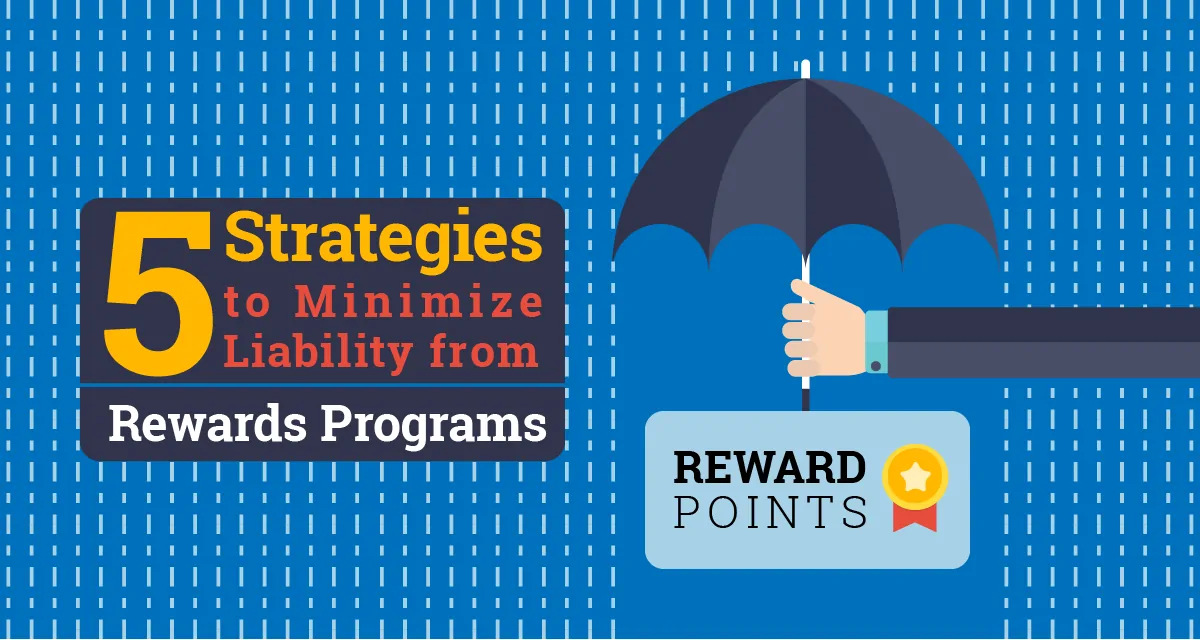
Earn and burn schemes are known to have unintended effects on your company’s bottom line because unused loyalty points can become a source of debt. Finding a strategy to motivate these members to use their loyalty points decreases your liability and boosts the program’s engagement level.
Unused Points & Point Redemption: A Challenge
Adults in the UK who enrol in loyalty schemes number 77%. Customers understand the benefits of signing up, yet amazingly, 3 million of them have never redeemed their incentives. Each person has an average of £47 in unclaimed loyalty benefits, totaling $6 billion globally and £6 billion in the UK. Can you image how much the economy would grow if everyone began using their loyalty points? Due to COVID’s large effects on a number of sectors where loyalty programmes are common, there is a potential to increase consumer spending by releasing the value that has not yet been redeemed.
Customers want point-based loyalty programmes, but CFOs dislike the bookkeeping that comes with earn-and-burn loyalty schemes. They produce a concrete value exchange and are simple to comprehend. They are then very successful at increasing frequency, a quantifiable ROI, and client lifetime value.
How then can you lessen liability in order to lessen the effect on the bottom line while also maintaining the satisfaction of your customers and CFOs?
- Remind clients that their points will expire
To encourage customers to “burn” their points, you should have a clear schedule for when they will expire, along with a CRM programme that is ideally customised to each customer’s preferences and purchasing patterns.
A few hotels and airlines even allow you to restore points for a price, and some of them have specific expiration rules.
Members of United Colors of Benetton were asked to complete a survey on why they had not used their loyalty points and suggestions for improvement. That strikes a good balance between the expiry message and the customer-focused strategy.
- Provide experiential benefits
Create an earn-and-burn programme that lets users use loyalty points in place of conventional payback programmes to purchase goods, discounts, and experiences.
More businesses are incorporating experiential advantages into their loyalty programmes, which alleviates liability concerns compared to more conventional awards. The more emotional aspect of loyalty is also influenced by experiential rewards, which is a crucial element of effective programmes.
- Enable users to use points for certain occurrences.
Instead of using cash-back systems, create a “Burn” that is tied to charity or the community since it produces more emotional relevance. This is a fantastic method to fund regional concerns and redistribute charity money to a more specialised experience that involves your target audience.
You create an emotional connection with members when you identify yourself with their beliefs by encouraging them to utilise their loyalty points to support charitable causes. Additionally, if the event is a success, customers will be more likely to continue doing business with you in order to earn points for additional organisations.
- Create advantages for emotional loyalty
Avoid the conventional “earn and burn” strategy and create a reward system with emotional and practical rewards, such as events, customised discounts, and “book & shop” services.
With over 7 million members, Sparks is a fantastic illustration of a successful rewards programme that rewards customers through gamification, customised incentives, and charitable donations. In a similar vein, My John Lewis has prioritised surprise-and-delight treats as well as cross-category events to create a “experience” with its brand and products.
- Promote the transfer of points using loyalty wallets
With the help of digital wallets like Swapi, firms may lower their point liabilities while giving consumers the option to exchange their points for other brands’ points, merchandise, and promotions in the Swapi marketplace.
The opportunity for engaging in enjoyable and exciting activities increases dramatically when loyalty points may be used across a variety of brands. Earning points is now given considerable consideration because they can be used to purchase a wider range of incentives.
Keep Customers From Sitting on Their Points
If you do decide to minimise points responsibility, make sure the customer’s experience is transparent, easy to understand, and gives the impression of a fair value exchange. Liability may frustrate firms, but the long-term benefits of loyalty ought to outweigh the short-term effects of monetary liability. Because of the extensive customer data they offer and their capacity to affect customer behaviour over time—including frequency, lifetime value, and brand advocacy—loyalty programmes should generate valuable business assets.
